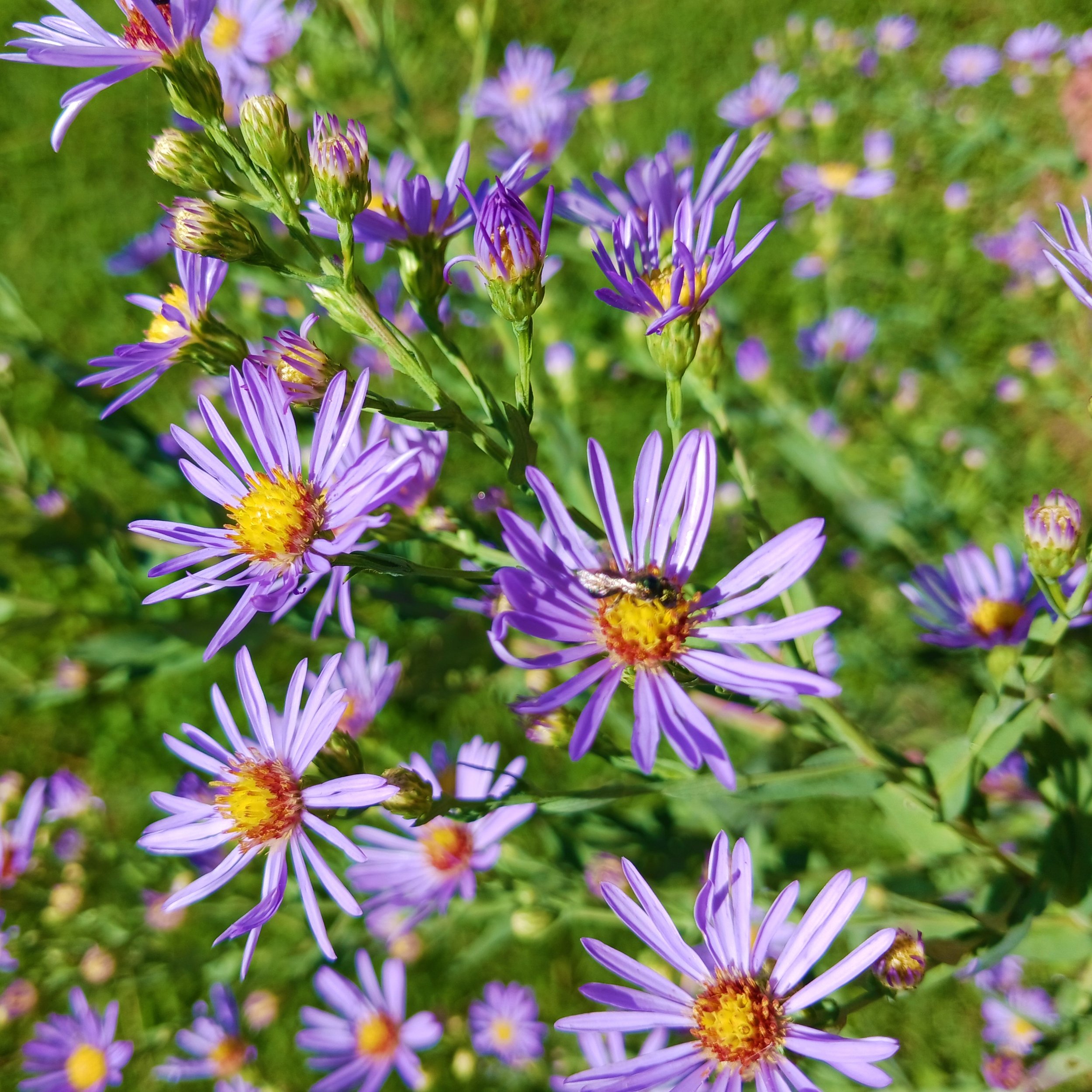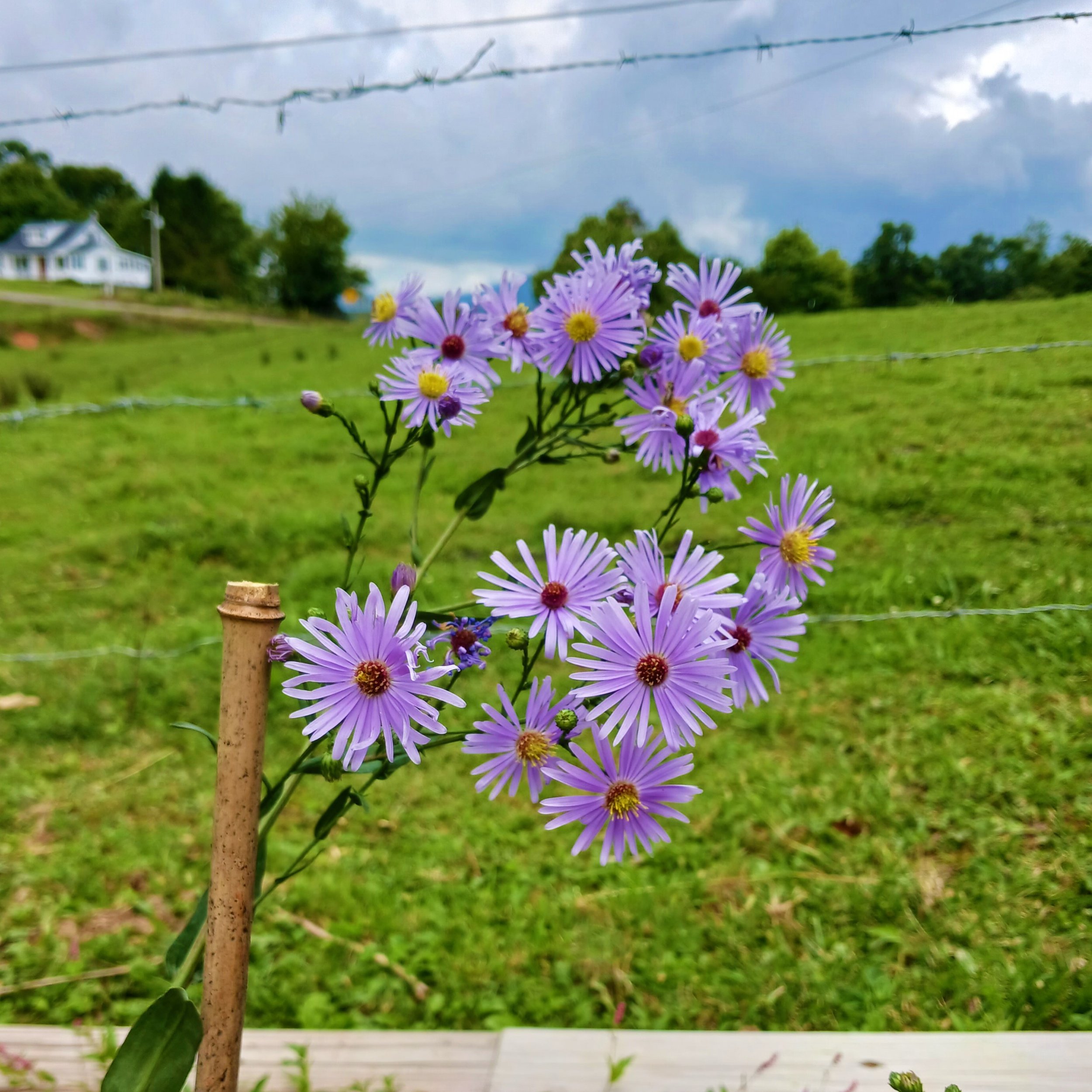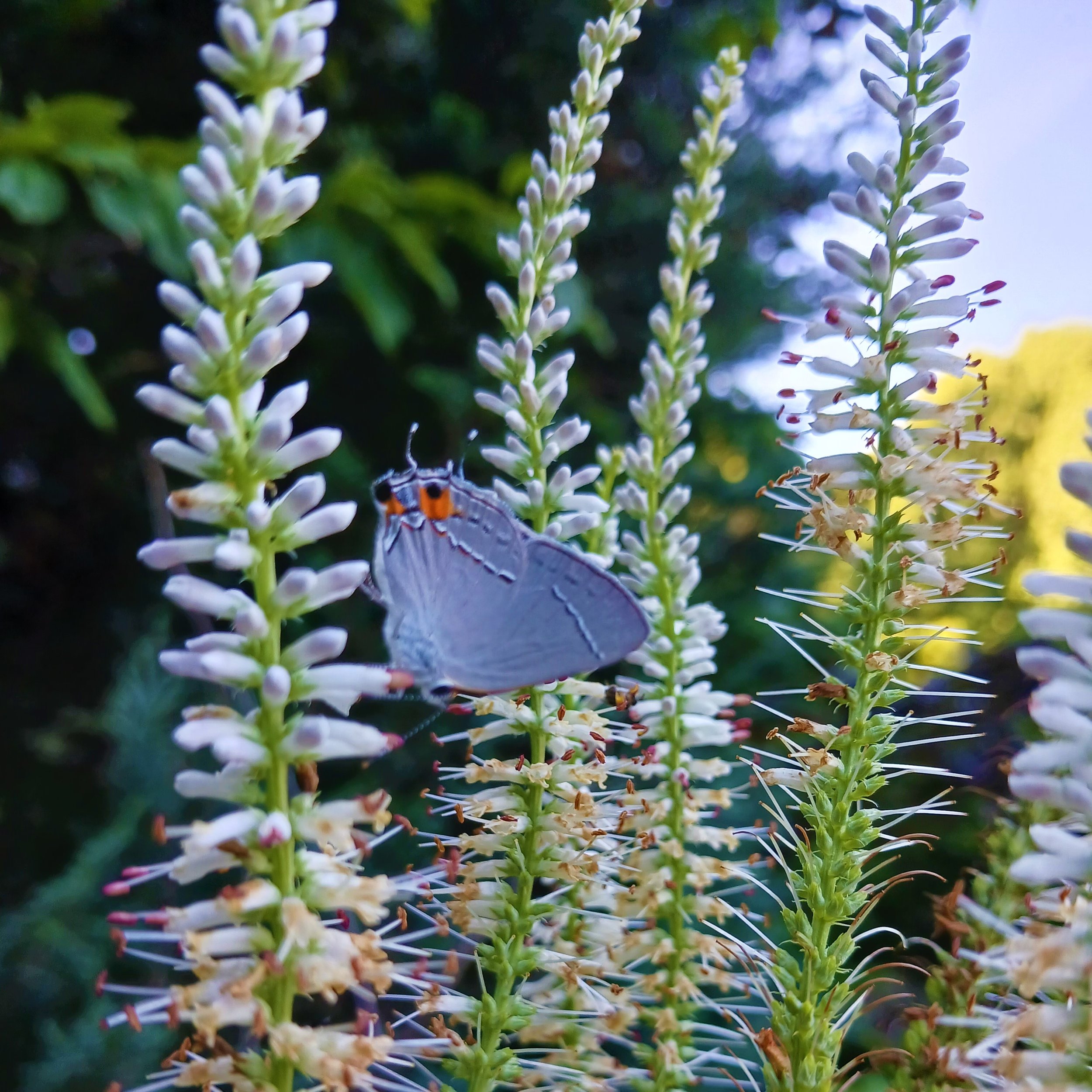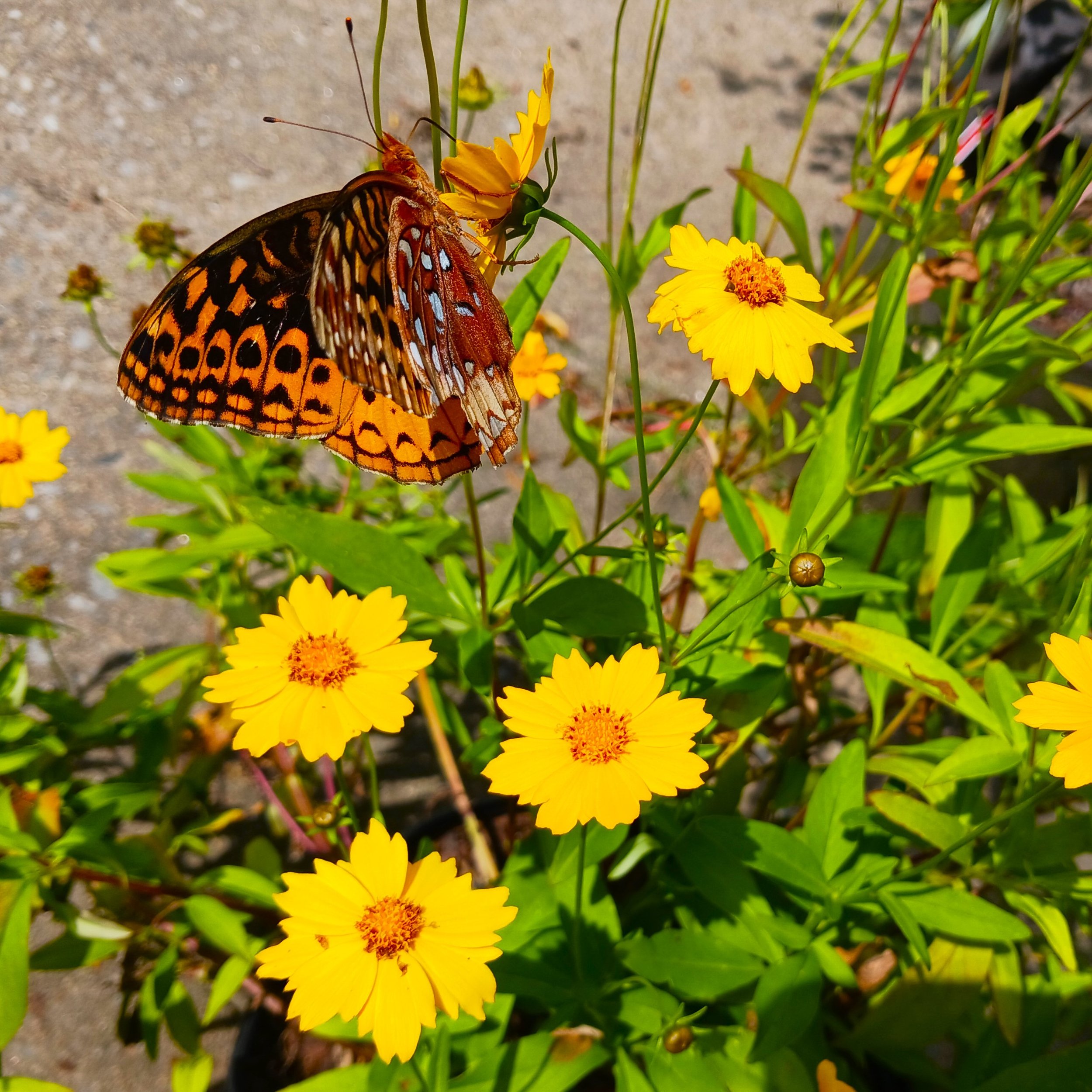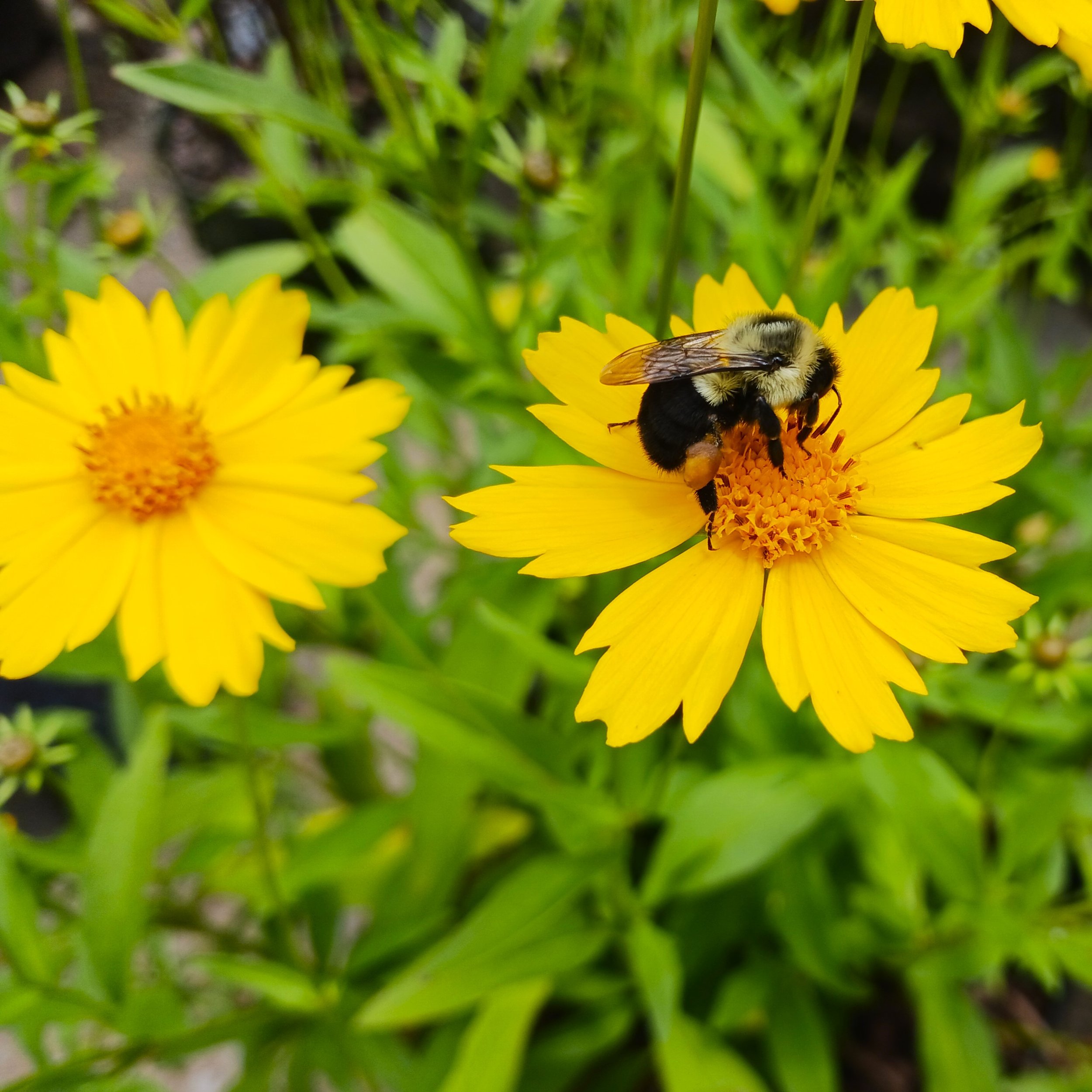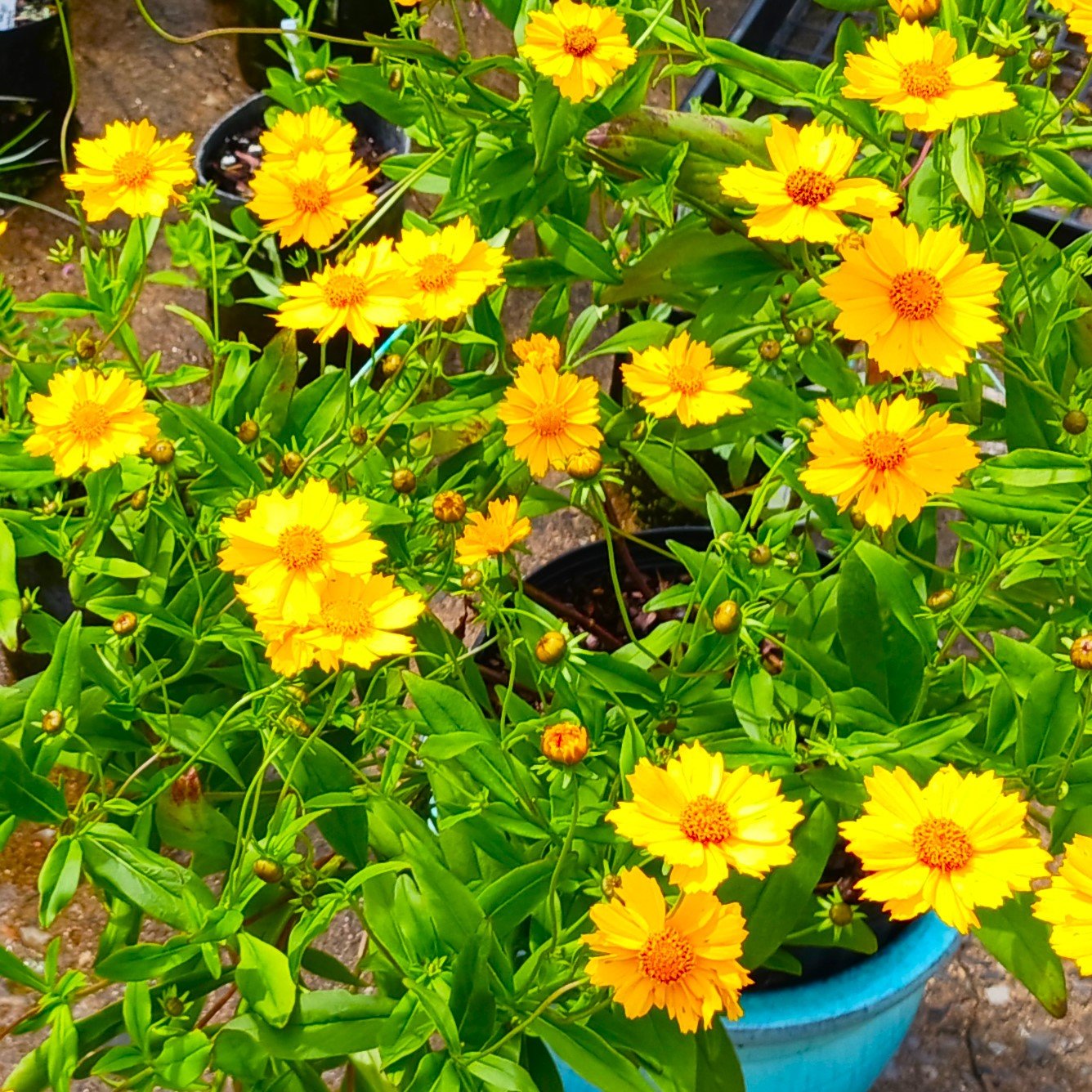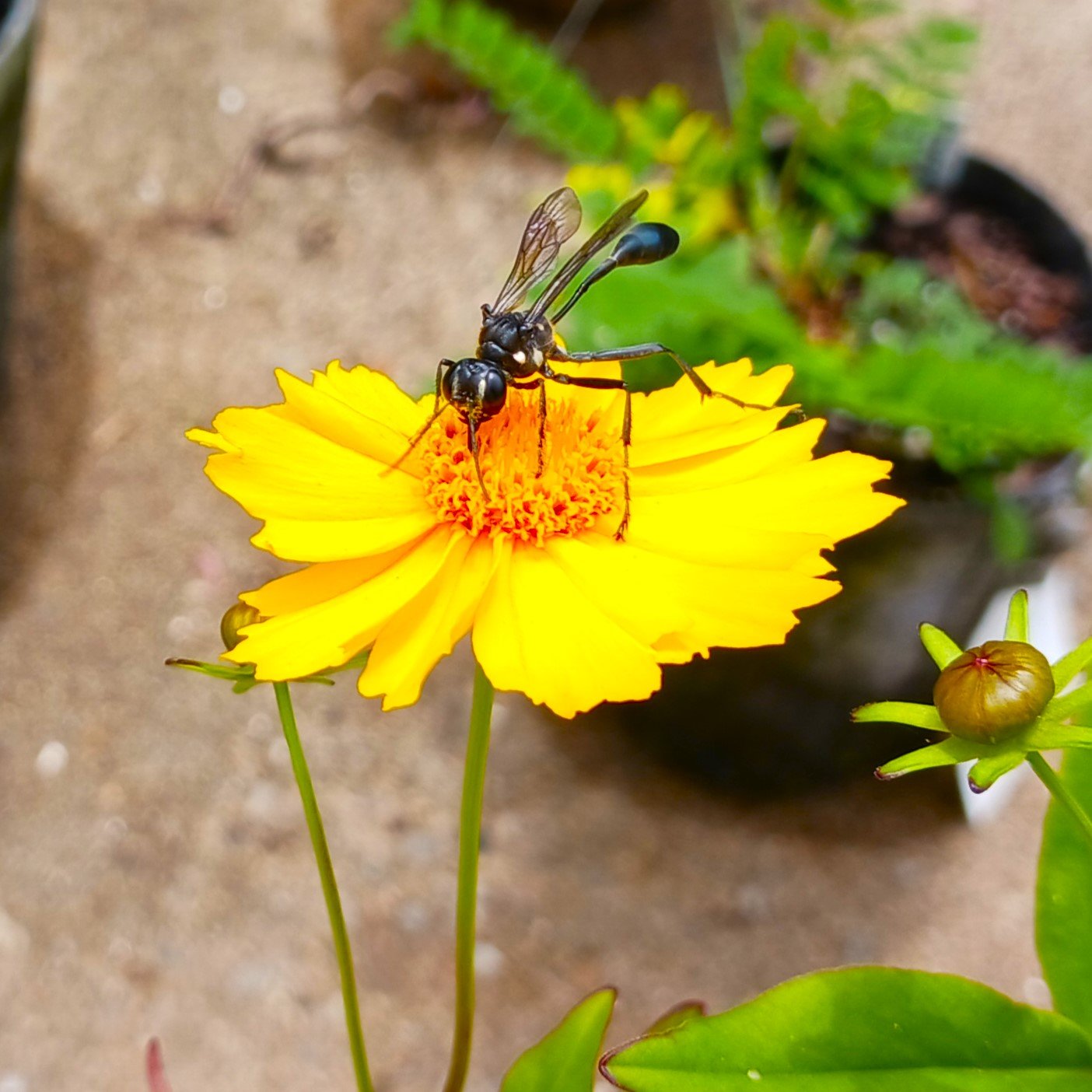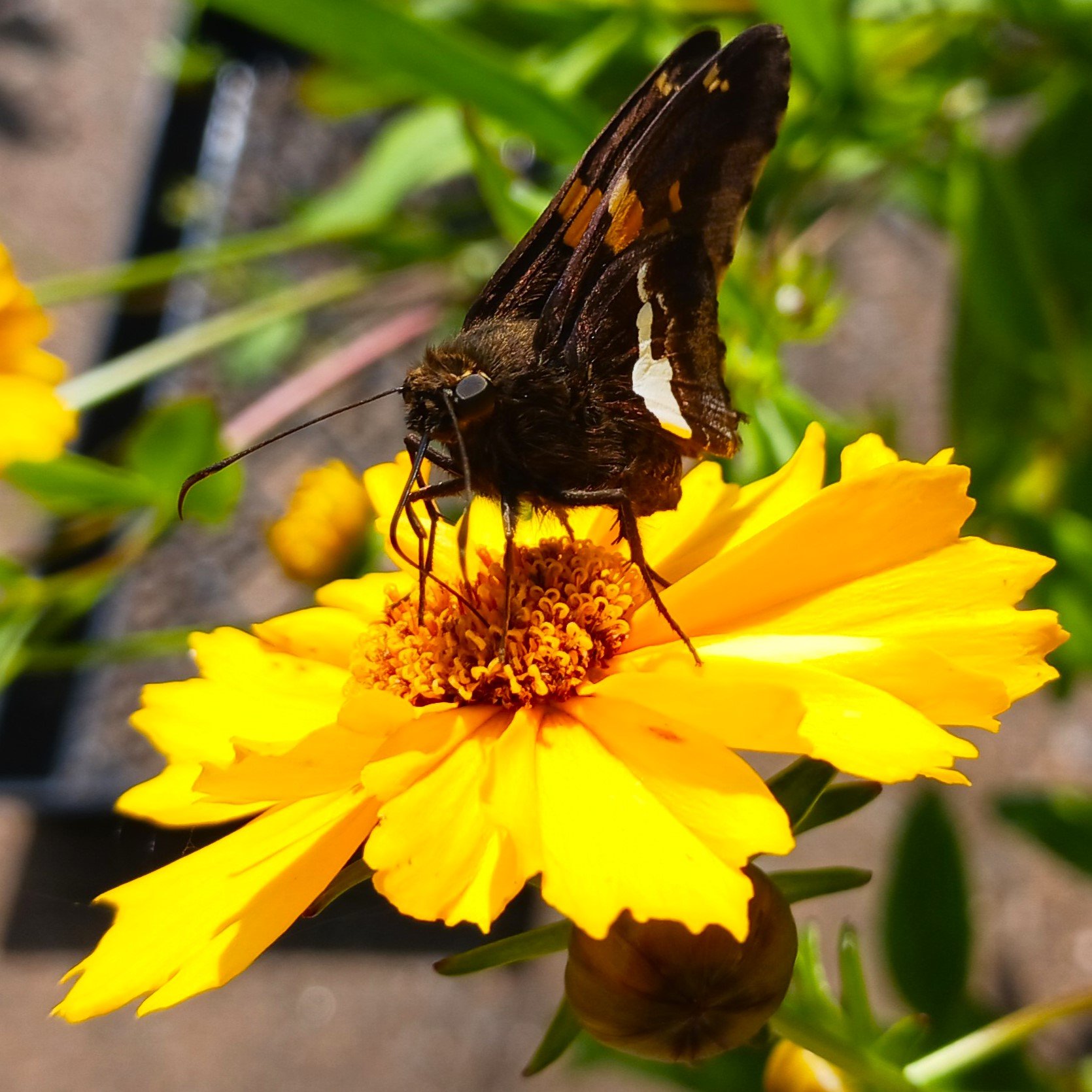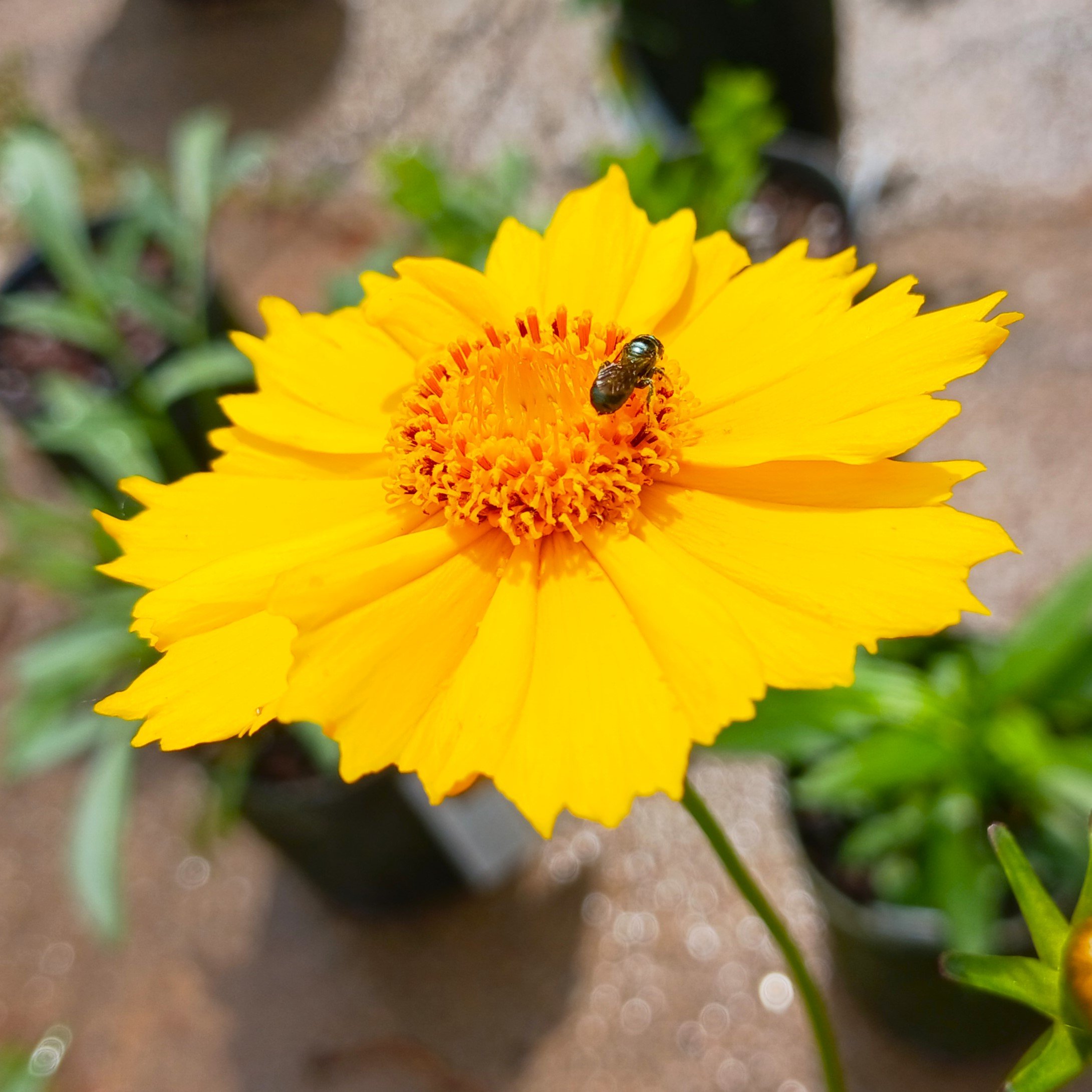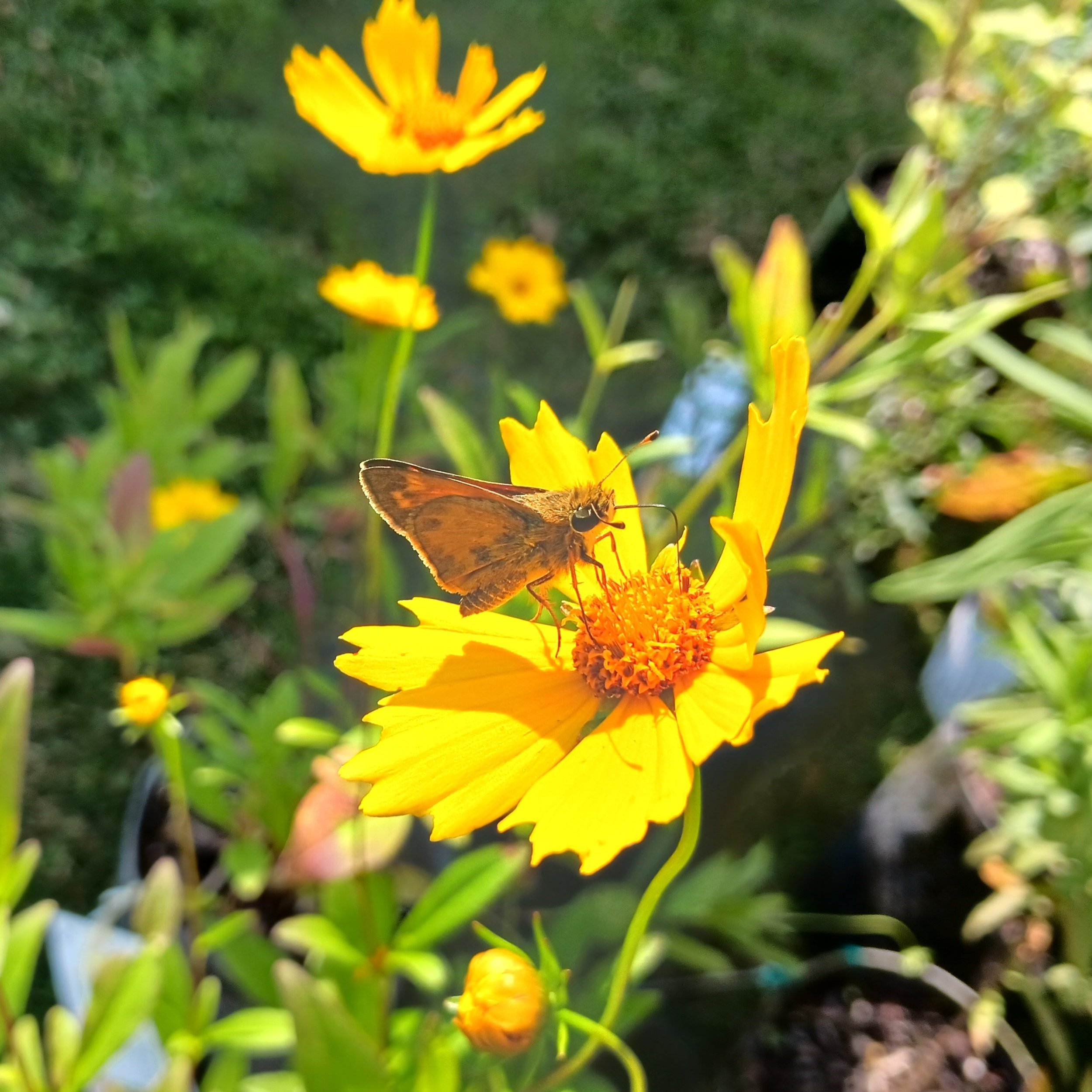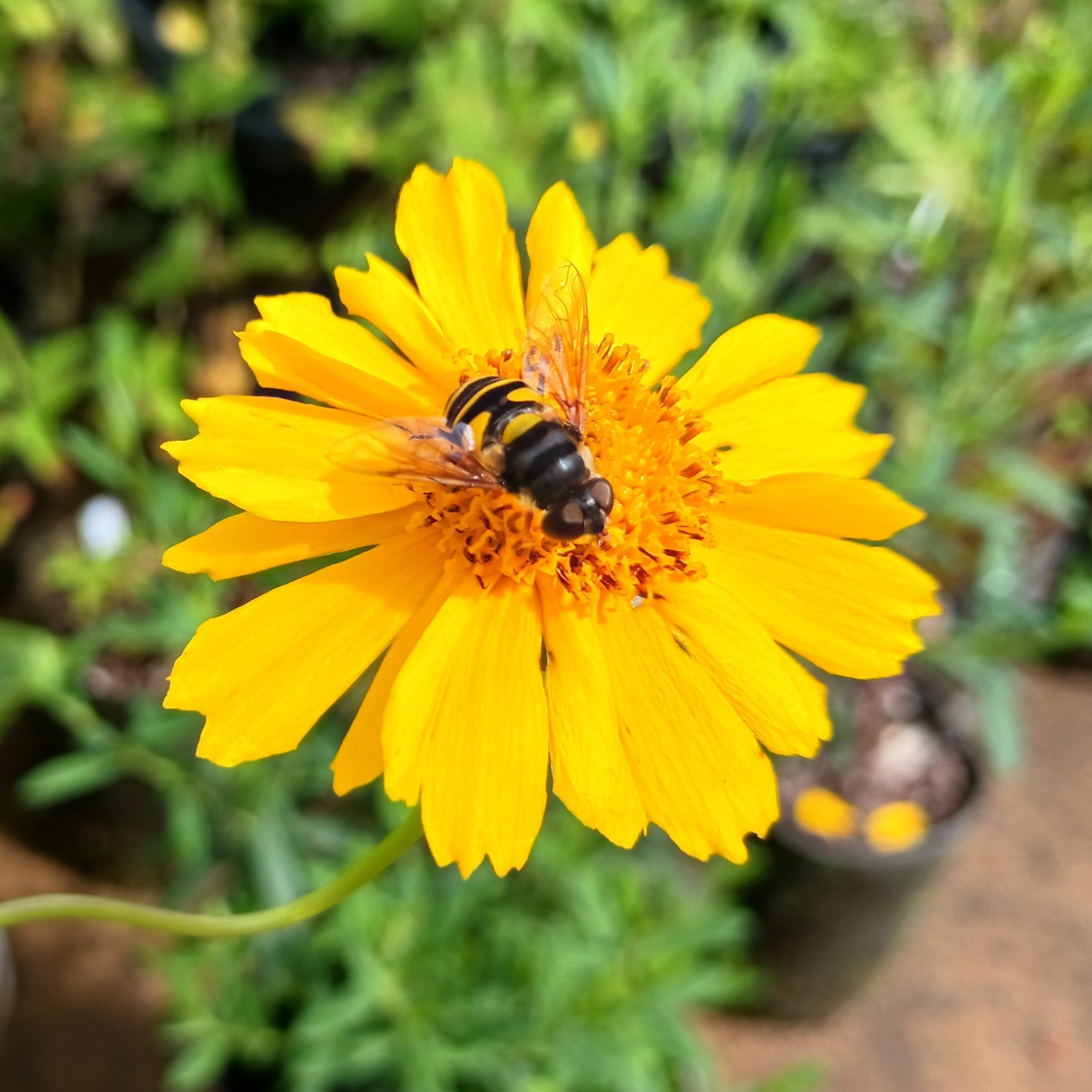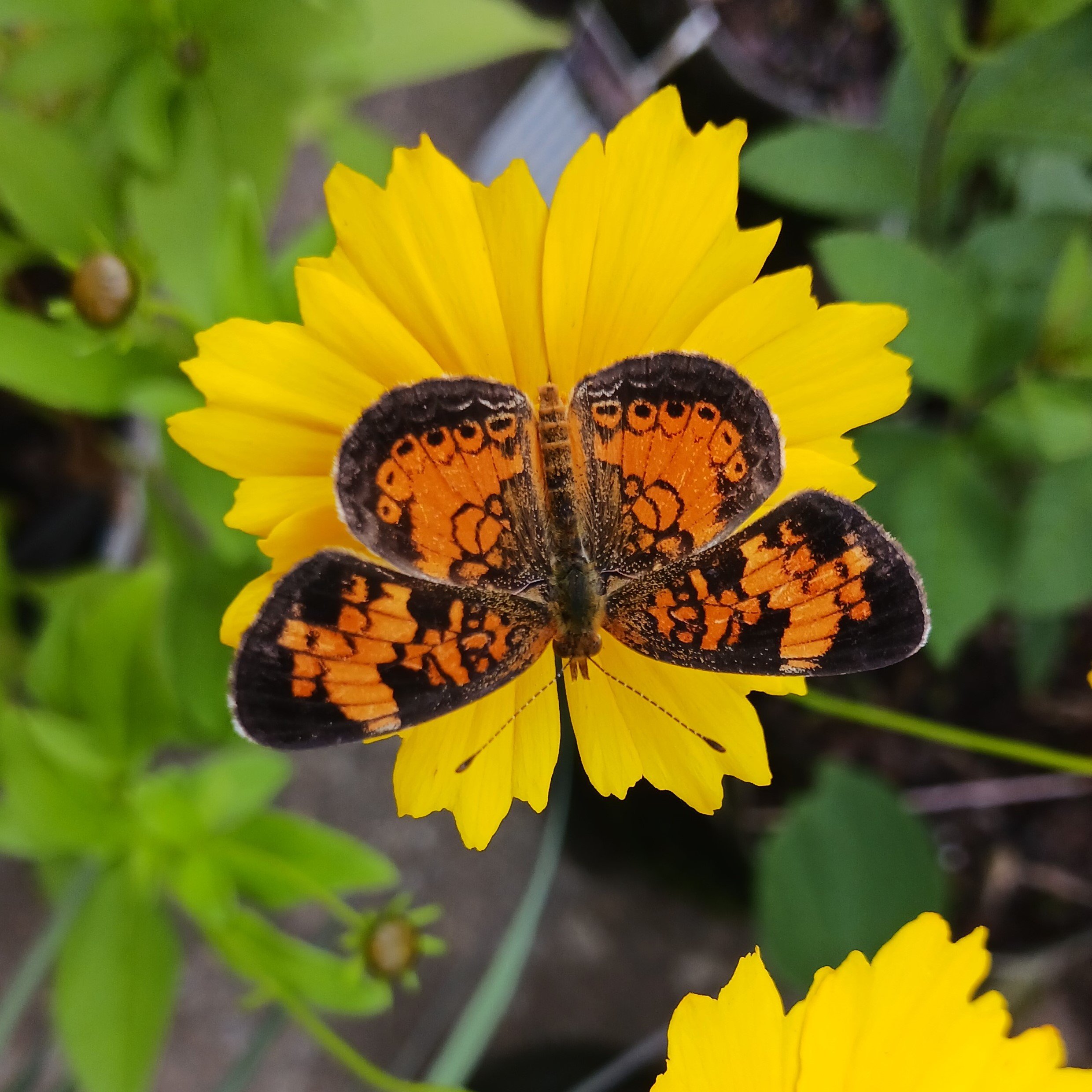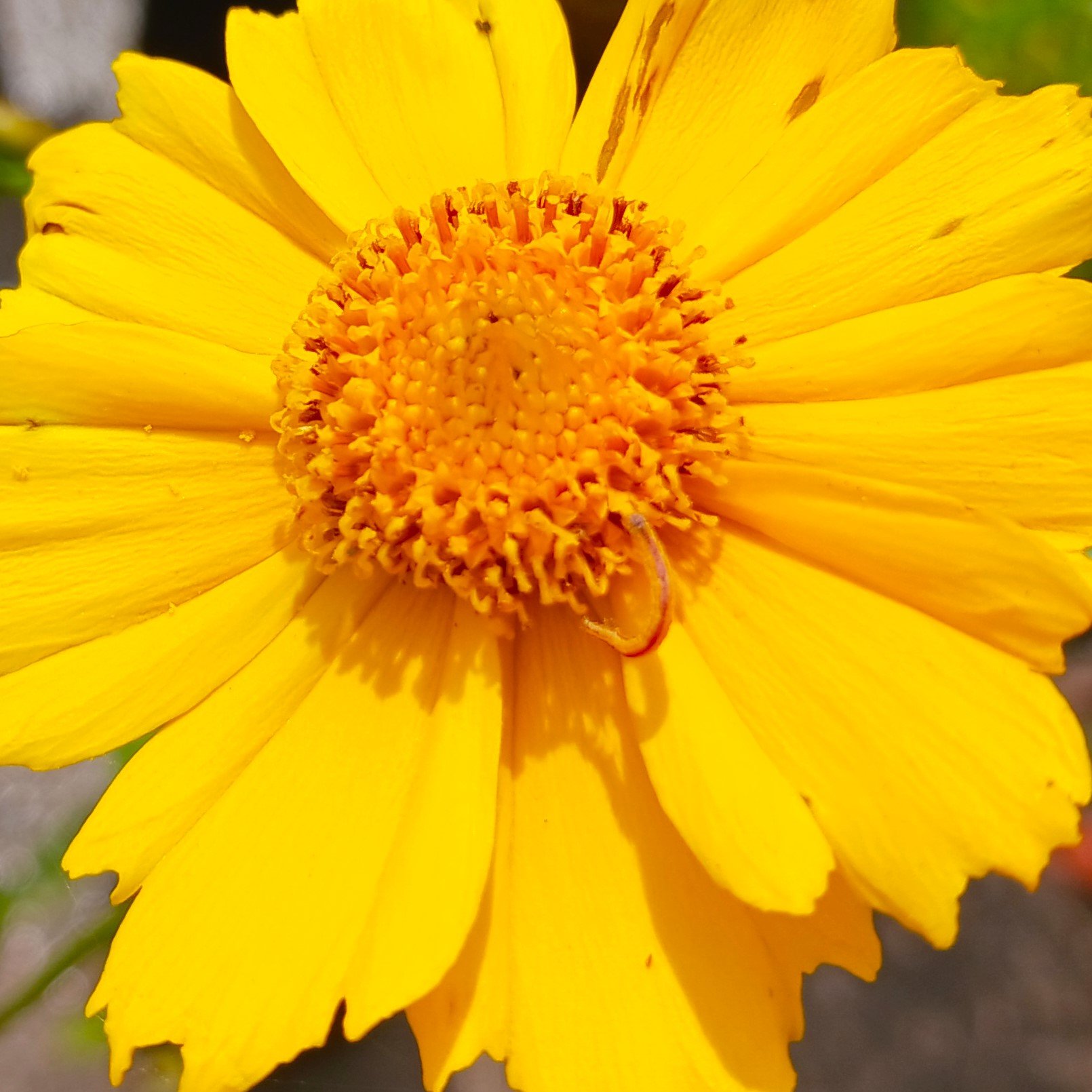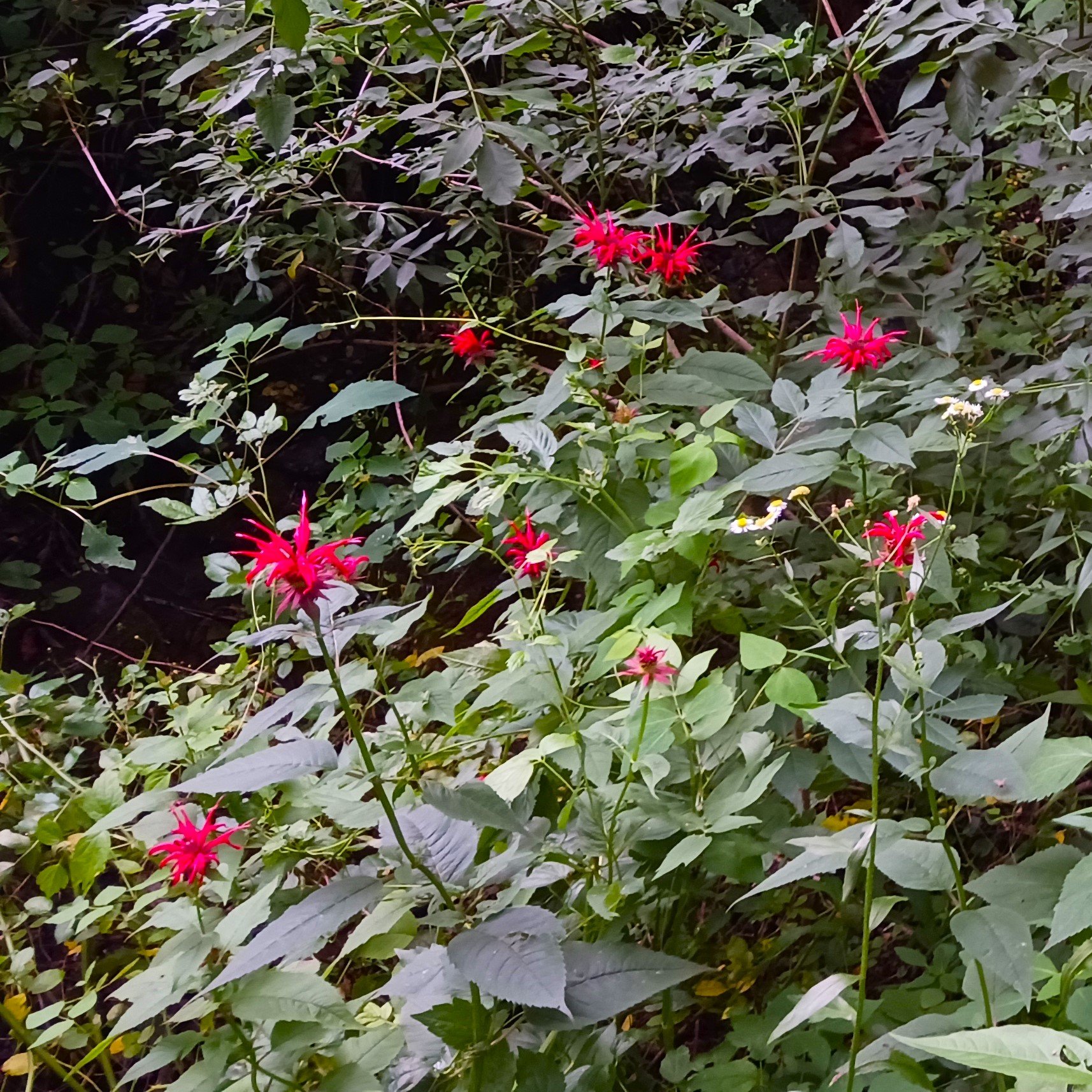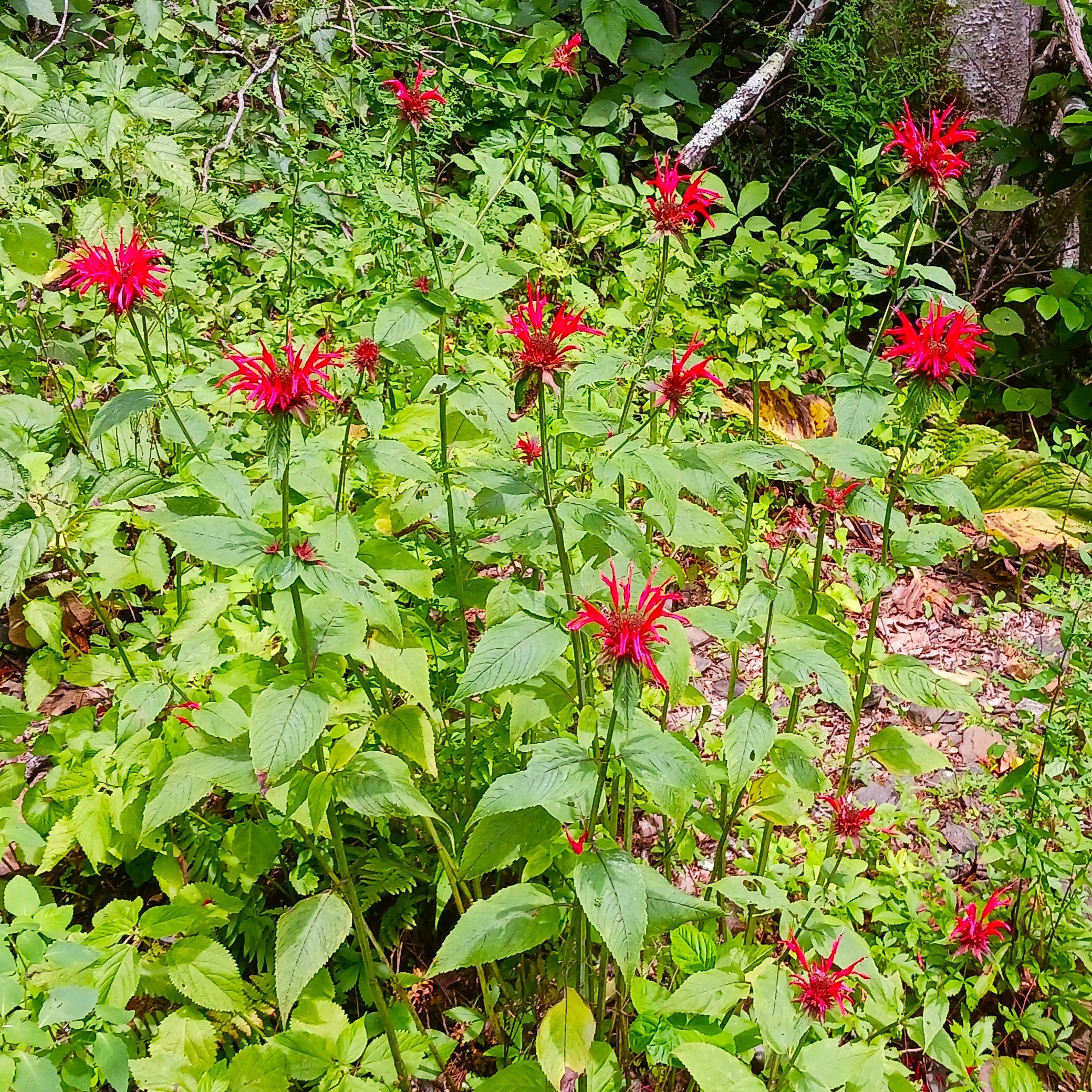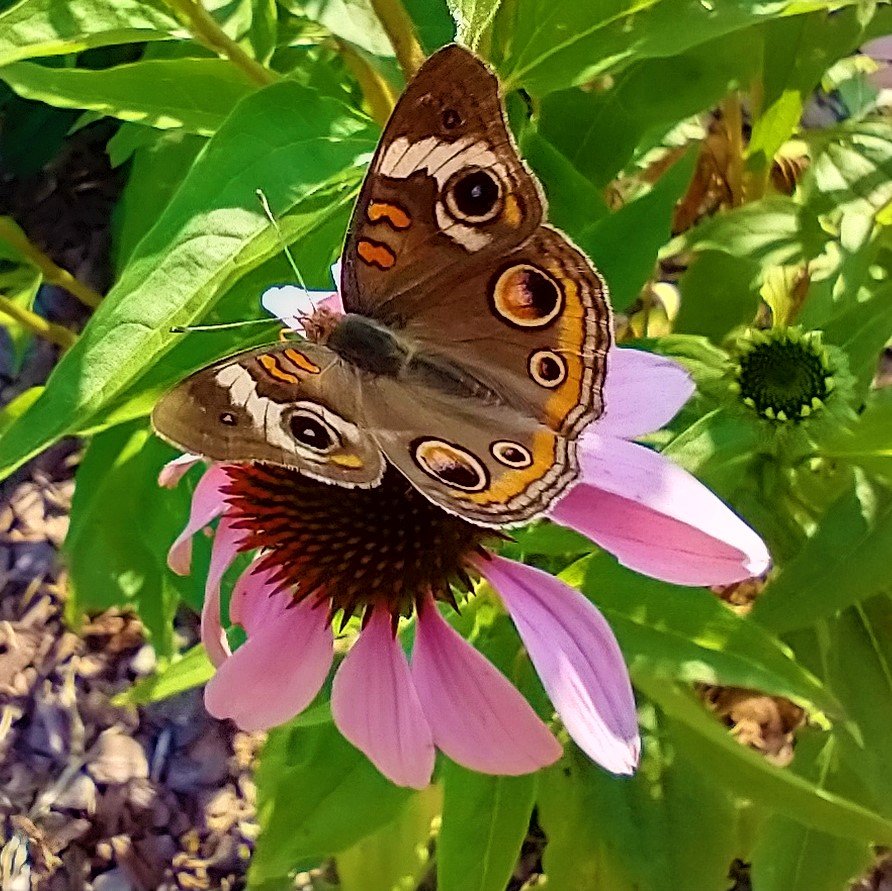Symphyotrichum laeve (Smooth Blue Aster)
Symphyotrichum laeve is a hardy and attractive fall-blooming perennial with dense clusters of blue flowers on stalks of velvety blue-green leaves. It is an essential source of food for pollinators and wildlife, bringing long-lasting blooms throughout autumn.
Symphyotrichum laeve is a hardy and attractive fall-blooming perennial with dense clusters of blue flowers on stalks of velvety blue-green leaves. It is an essential source of food for pollinators and wildlife, bringing long-lasting blooms throughout autumn.
Symphyotrichum laeve is a hardy and attractive fall-blooming perennial with dense clusters of blue flowers on stalks of velvety blue-green leaves. It is an essential source of food for pollinators and wildlife, bringing long-lasting blooms throughout autumn.
Symphyotrichum laeve is a unique aster with many qualities making it an ideal selection for home gardens. The flowers can range from pale blue to vibrant purple, with yellow centers that change to red over time. Rather than the shrubby habit of other asters, Symphyotrichum laeve grows up to 4’ tall on narrow stalks with smooth blue-green leaves, sturdy and resistant to high winds and persist after flowering. The leaves can change to vibrant fall colors as well, although the bloom period can be long lasting, beginning in August and continuing through October, sometimes even after first frost. Although it can spread by rhizomes, this species of aster grows slowly and pairs well with other garden plants, especially in an open landscape. It flowers best in full sun but can tolerate partial shade, as well as a range of soils from moist to dry.
Asters have been known as keystone plants of many habitats in our region, and while this group of wildflowers has changed and diverged over time, flowers of the Symphyotrichum genus are some of the best for wildlife. They can occupy a variety of spaces in any landscape, Symphyotrichum laeve offers the benefit of adaptability for moist to dry soils, and part-shade conditions. Symphyotrichum species often bloom later in the season, peaking in September and October at a time when pollinators may have trouble finding other sources of food. This makes the abundant, easy to access aster flowers ideal for many kinds of insects. In addition, a wide range of different species of butterflies and moths use asters as host plants for their caterpillars. This selective dependence can be great when Symphyotrichum and related genera are in abundance, but challenging when they are replaced by non-native weeds, lawns, and other human impacts. Offering asters as a garden plant can also offer food sources to other wildlife, including a wide variety of birds. Overall, choosing at least one aster species can make a small but important impact.
Pollinators: bumblebees, cuckoo bees, halictid bees, leafcutter bees, long-horned bees, miner bees, small carpenter bees, honey bees, butterflies, moths, bee flies, syrphid flies, wasps, soldier beetles
Host Plant for Butterflies/Moths: 12+ Lepidoptera species, many of which feed only on a few genera other than Symphyotrichum, including the Pearl Crescent (Phyciodes tharos)
Dependent Species: 31 oligolectic bee species in our region of which Melissodes pilleatus is only found in NC, 2 bee species only feed on Symphyotrichum - Andrena asteroides (AL, GA, MD, NC, PA, SC, TN, VA) and Anthophorula asteris (GA); Lepidoptera which only feed on Symphyotrichum - Astrotrischeria astericola, Aster Flowerhead Caterpillar (Eucosma parmatana), Aster-head Phaneta (Eucosma tomonana)
Wildlife Value: Bobwhites, Songbirds, Thrushes, Turkeys, Wood Warblers, numerous insect herbivores including the walking stick Manomera blatchleyi
Deer Resistance: Browsed by deer
Native Region: Appalachian Mountains, Piedmont
Seed Origin: USA
USDA Zones: 4-8
States found in our region: AL, DE, GA, KY, MD, NC, PA, SC, TN, VA, WV
Other states found: AR, AZ, CO, CT, FL, ID, IL, IN, IA, KS, LA, ME, MA, MI, MN, MS, MO, MT, NE, NV, NH, NJ, NM, NY, ND, OH, OK, RI, SD, TX, UT, VT, WA, WI, WY


